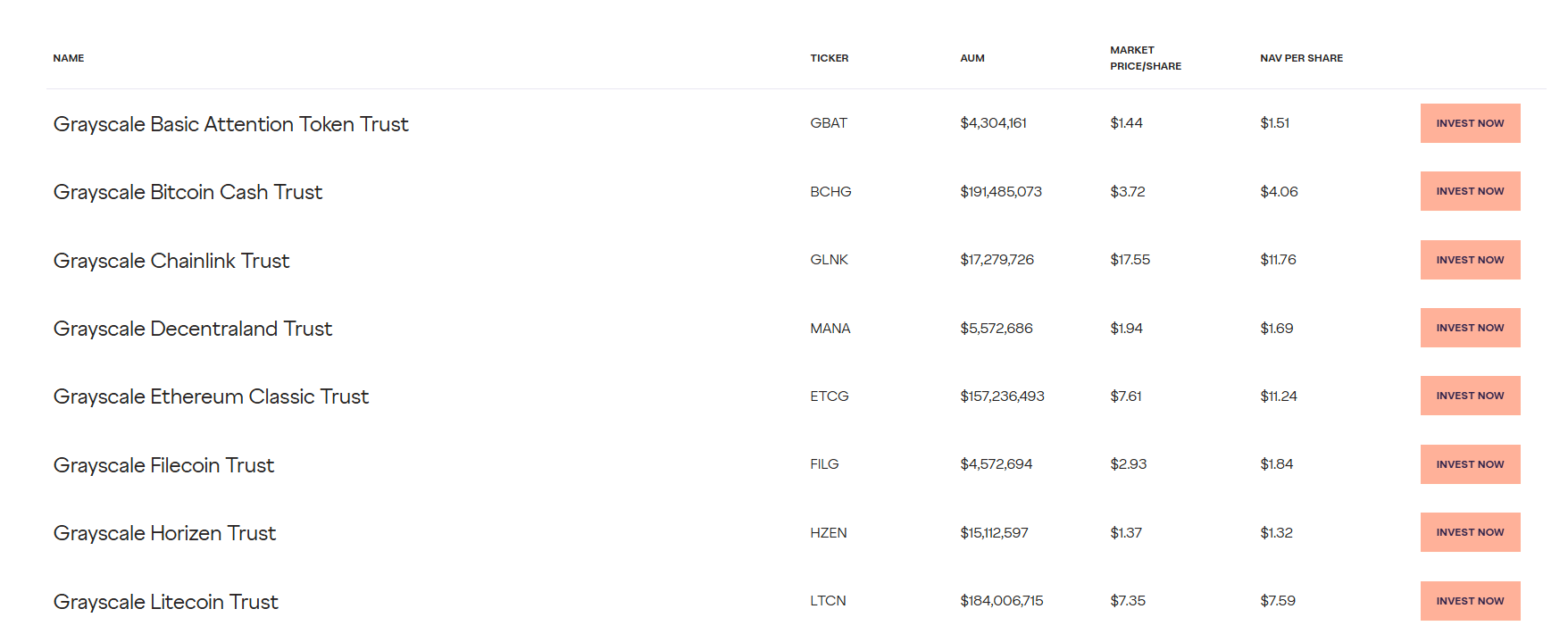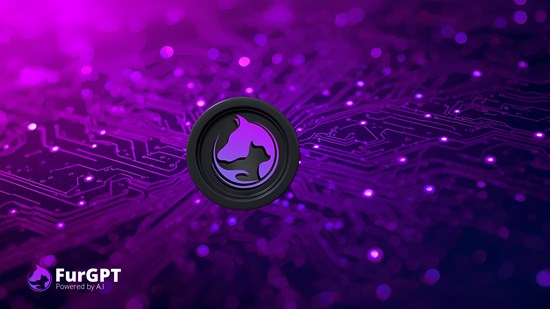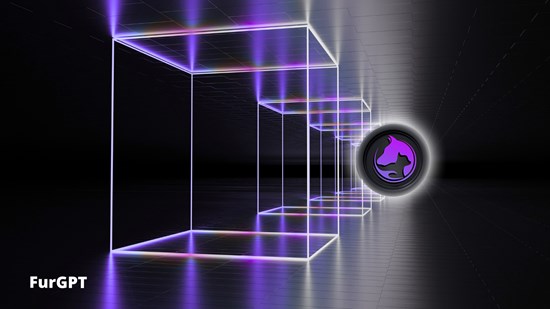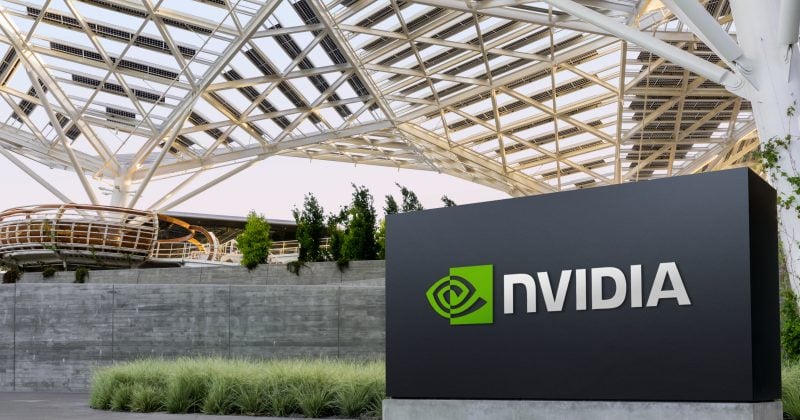Before the approval of Bitcoin ETFs in the United States, many institutions bought Grayscale Bitcoin Trust (GBTC) for indirect exposure.
These trusts, which are private funds, along with many other products offered by Grayscale, are regulated by the SEC and serve as critical vehicles for public funds to invest in cryptocurrency.
As of November 18, the Grayscale Bitcoin Cash Trust (BCHG), for example, managed over $191M of assets. Meanwhile, the Grayscale Ethereum Classic Trust (ETCG), controlled over $157M of assets, each trading at $7.61 with a net asset value (NAV) per share at $11.24.

(Source: Grayscale)
DISCOVER: 9+ Best Memecoin to Buy in 2025
Grayscale Links TradFi with Crypto
Grayscale Investments, which rolls out private and public funds backed by some of the best cryptos to buy, has been here since the early days of crypto.
After launching in 2013 as a subsidiary of the Digital Currency Group (DCG), the world’s largest crypto asset manager, the firm has been actively linking crypto with TradFi, allowing institutions to get crypto exposure to otherwise volatile assets without the need for direct management of private keys.
The GBTC was the first trust launched in 2018, and managed billions before being converted to a spot ETF when the SEC approved the first batch of spot Bitcoin ETFs in January 2025.
However, besides private funds and ETFs, Grayscale offers a wide range of diversified and thematic funds, including the Grayscale Digital Large Cap Fund, which is a basket of top cryptos by market cap. Additionally, there is the Grayscale DeFi Fund, which focuses on DeFi tokens, including UNI and AAVE.
DISCOVER: The 12+ Hottest Crypto Presales to Buy Right Now
Grayscale IPO: What You Need To Know
After existing as a private company for over 10 years, Grayscale wants to IPO. On July 14, they confidentially filed for a draft S-1 with the SEC.
Five months later, on November 13, Grayscale publicly filed with the SEC, aiming to list on the NYSE under the ticker GRAY later this year or early 2026.
The Grayscale IPO is structured as an “Up-C” transaction. In this arrangement, proceeds will buy company units from pre-IPO holders, converting its private structure to public.
My take on $GRAY
Grayscale is the best DAT structure ever created. The market just doesn’t know it yet.
Instead of reverse mergers into dead public shells, grayscale is IPO’ng with a massively profitable (but slowing) business (similar to the yellow pages years ago). But the… https://t.co/1h2FFRAvEE
— Jeff Dorman (@jdorman81) November 13, 2025
Nonetheless, DCG, the parent company, will still retain 70% of voting power as holders of Class B shares. Class B GRAY shares have no economic power and won’t, for example, earn dividends.
Because DCG will still retain control, Grayscale will be a “controlled company” under NYSE rules.
In this IPO, Morgan Stanley, BofA Securities, Jefferies, and Cantor will serve as lead underwriters.
Ahead of their IPO, Grayscale announced a Directed Share Program (DSP), where a portion of GRAY shares will be set aside for eligible investors in the United States who have invested in their flagship products, GBTC and ETHE.
There has been no clear figure on valuation. However, the IPO will surely provide fresh capital needed to turbocharge Grayscale’s growth.
With additional financing, they can file to list more ETFs, deploy more active crypto strategies, and more, allowing them to diversify revenue from the spot ETFs they issue, primarily Bitcoin and Ethereum.
DISCOVER: Next 1000X Crypto – Here’s 10+ Crypto Tokens That Can Hit 1000x This Year
Grayscale IPO: Here's Everything You Need to Know
- Grayscale is a subsidiary of DCG
- Grayscale first launched GBTC and ETHE before conversion to ETFs
- Revenue streams from management fees
- Grayscale IPO set for late 2025 or early 2026
The post Grayscale IPO: Here’s Everything You Need to Know About the Biggest Crypto IPO of 2026 appeared first on 99Bitcoins.











